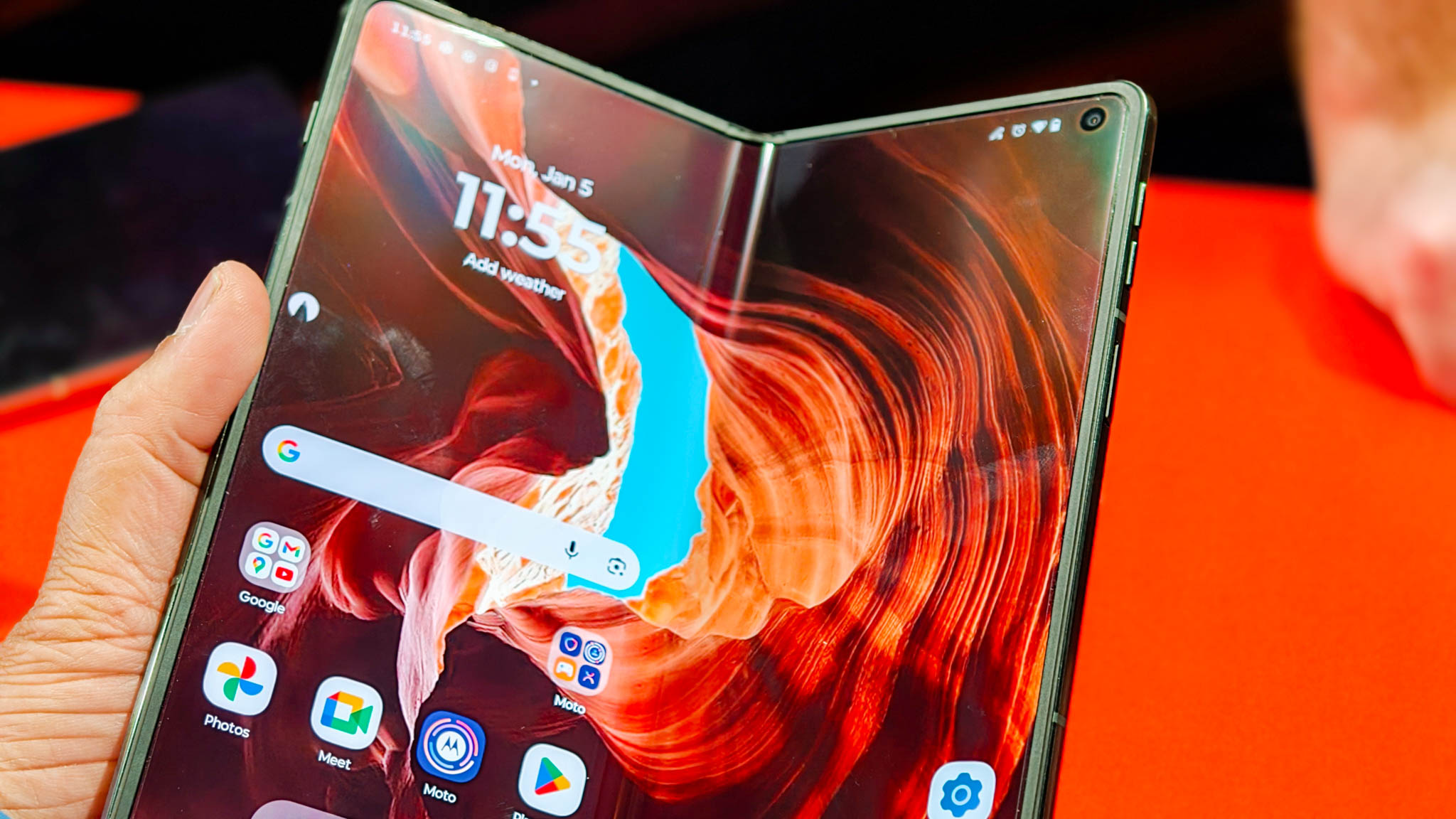Samsung One UI 3.0 & 3.1 (Android 11): Everything you need to know
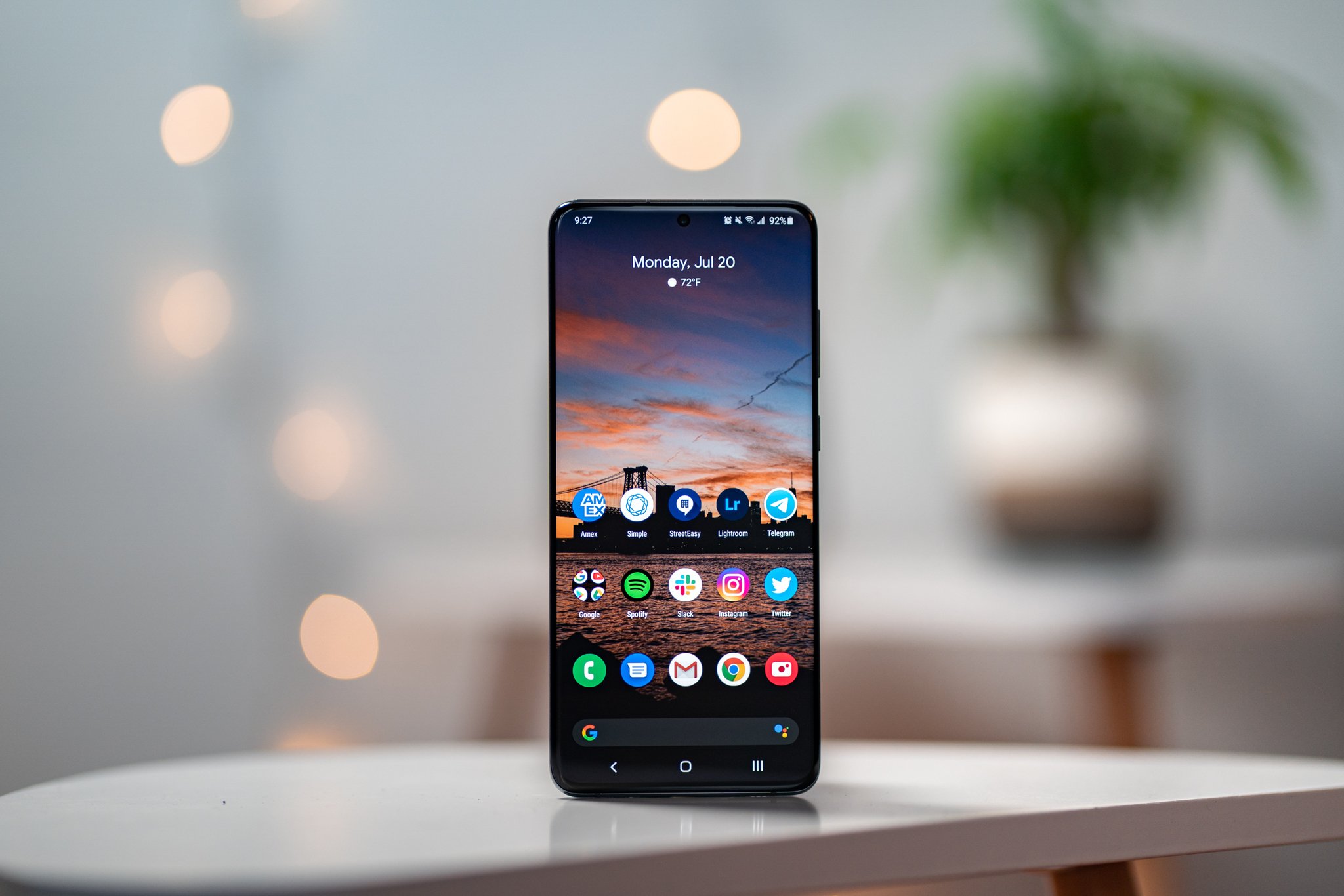
One UI 3.0 — Samsung's custom interface for Android 11 — is here. With most of its 2020 phones now receiving the update, Samsung's well underway with its update process for the new software. The stable release has made its way to the Galaxy S20, Note 20, S10, Note 10, and dozens of other Samsung phones, and it landed on tablets as well.
One UI 3.0 comes with exciting new features, subtle UI tweaks, and optimizations across the board. Here's what you need to know about the One UI 3.0 update, the list of eligible phones that are getting the stable update, and when you'll get the stable OTA update on your Galaxy phone. With the Galaxy S21 series offering One UI 3.1 out of the box, Samsung is making that particular build available to its older flagships, so let's see what One UI 3.1 brings to the table as well.
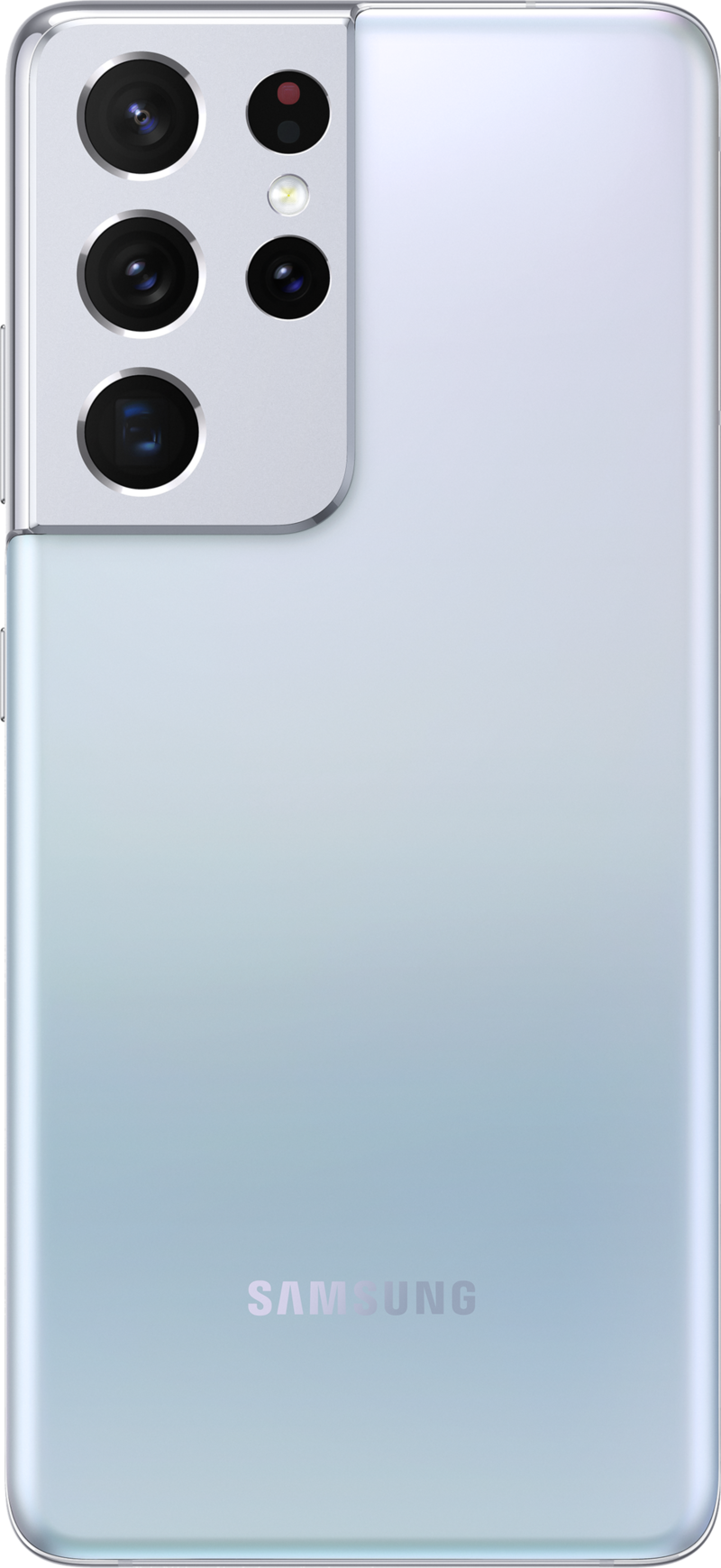
A standout flagship in 2021
The Galaxy S21 Ultra has a gorgeous design with a metal housing for the camera, the latest internal hardware money can buy, and gets all the latest innovations that Samsung has to offer. It takes great photos in any lighting, has a large battery that easily lasts a day, and will get three years of Android updates.
When will my Samsung phone get the One UI 3.1 update?
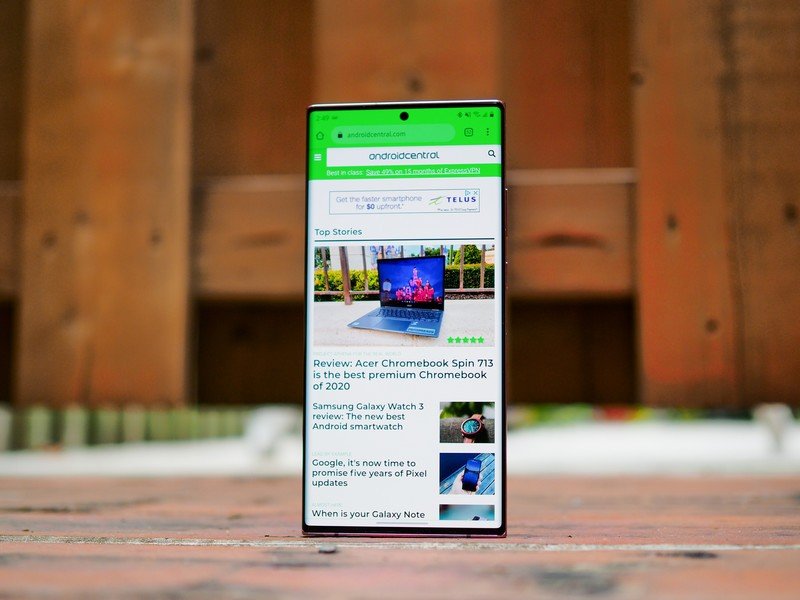
If you purchased a Galaxy phone within the past couple of years, chances are you'll get an update to One UI 3.0 or 3.1. That includes not only flagship devices, but also all of Samsung's cheap Android phones.
On December 2, 2020, we started to see the first trickle of One UI 3.0 making its way to devices with the Galaxy S20 on Verizon getting the update. Just one day later on December 3, Samsung announced that One UI 3.0 was globally rolling out to the Galaxy S20, S20+, and S20 Ultra in the United States, Korea, and select global markets.
On December 8, the T-Mobile versions of the Galaxy S20 series started receiving the stable One UI 3.0 update. As for other Galaxy handsets, the Note 20 series, the S10 series, and the foldables will be next with an update in January. Starting in March, we'll see One UI 3.0 start making its way to phones in the Galaxy A and Galaxy M series.
Starting December 14, the Galaxy Note 20 started receiving the One UI 3.0 stable update. The rollout is kicking off with the AT&T models of the Note 20, but should make its way to other variants and unlocked devices shortly.
On December 22, Samsung started delivering the One UI 3.0 update to the Galaxy S10 Lite, unlocked Note 20 models in the U.S., and the foldable Galaxy Z Flip 5G.
Get the latest news from Android Central, your trusted companion in the world of Android
From December 23, the update started going out to the mid-range Galaxy A51 and M31, with the rollout starting in India and Korea. Starting December 27, Samsung kicked off the stable update for the Note 10 and Note 10+ in the U.S.
On January 4, Samsung kicked off the One UI 3.0 update to the S10 and S10 Lite in the U.S. Starting January 6, the stable One UI 3.0 build began rolling out to the Galaxy S20 FE and Note 20 Ultra in India, with Samsung kicking off the update for the Exynos models as well.
Starting January 18, Samsung kicked off the One UI 3.1 update to the Galaxy Tab S7, the first tablet in its portfolio to switch to Android 11. Samsung also started rolling out the One UI 3.0 update to the Galaxy S10 phones in India from January 20.
All through February, Samsung started rolling out the One UI 3.1 update to its older phones in lieu of One UI 3.0. The Galaxy Note 10 Lite, Tab S6, and the Galaxy A71 have all received the stable release of One UI 3.1 based on Android 11 instead of One UI 3.0, and that is great to see.
All through March, Samsung delivered the One UI 3.1 update to its 2020 and 2019 flagships around the world. The Galaxy S10, Note 10, and last year's Galaxy Fold 5G and S20 have all made the switch to One UI 3.1 along with the Galaxy Tab S6. Samsung has also lavished attention on the mid-range Galaxy A71, rolling out the update in most global markets, and the budget-focused Galaxy M51 and M31s.
Starting March 15, the One UI 3.1 update rolled out to the Galaxy A50 and A50s in most Asian markets. The Tab S6 Lite also started getting the stable update, along with the Galaxy A70.
From May 1, T-Mobile started rolling out the One UI 3.1 stable release to its version of the Galaxy S10 and S10+. The unlocked models received the update at the start of the year, but it's good to see the carrier models also switch to the latest version of One UI 3.1, albeit a little bit later than usual.
Starting May 3, Samsung rolled out the One UI 3.1 update to the entry-level and budget models in the Galaxy A series. The Galaxy A01, A21, A21s, A51, and A71 started receiving the stable build in most global regions.
Samsung continued the rollout for Galaxy A and M devices and older tablets all through May, with the likes of the Galaxy A02, A30, M11, and Tab S5e switching to One UI 3.1.
At this point, Samsung is well ahead of its update schedule. Here's the full One UI 3.0/3.1 roadmap:
December 2020
- Galaxy S20
- Galaxy S20+
- Galaxy S20 Ultra
January 2021
- Galaxy Note 20
- Galaxy Note 20 Ultra
- Galaxy S20 FE
- Galaxy Z Fold 2
- Galaxy Z Flip
- Galaxy Note 10
- Galaxy Note 10+
- Galaxy S10
- Galaxy S10+
- Galaxy S10 Lite
February 2021
- Galaxy Fold
March 2021
- Galaxy Note 10 Lite
- Galaxy Tab S7
- Galaxy A51
- Galaxy M31
- Galaxy M30s
- Galaxy M21
April 2021
- Galaxy A50
- Galaxy M51
May 2021
- Galaxy Tab S6
- Galaxy Tab S6 Lite
- Galaxy A80
- Galaxy A71
- Galaxy A70
- Galaxy A31
- Galaxy A21s
June 2021
- Galaxy Tab A
- Galaxy A11
- Galaxy A01
- Galaxy A01 Core
- Galaxy M11
July 2021
- Galaxy Tab S5e
- Galaxy A30
August 2021
- Galaxy Tab Active Pro
- Galaxy Tab A 10.1
- Galaxy A30s
- Galaxy A20s
- Galaxy A20
- Galaxy A10s
- Galaxy A10
What's new in One UI 3.0?
Samsung isn't making a lot of design changes in One UI 3.0, with the overall aesthetic similar to One UI 2.5. That said, there are a lot of exciting new features, including the ability to long press an app to see all associated widgets and add them to the home screen, and a double tap gesture anywhere on the home screen to turn off the screen.
One UI 3.0 is also getting the Conversations view that debuted in Android 11, and the persistent media player. You also get better auto-focus and exposure controls in the camera, the option to customize the call screen with your own pictures and videos, device usage trends in Digital Wellbeing, and a lot of new Bixby Routines.
The One UI 3.0 changelog gives us a detailed look at all the new additions, including changes to the lock screen, accessibility, DeX, Samsung Internet, and more. There are a ton of small additions that make Samsung's skin even better.
Here's the full changelog:
Home screen
- Touch and hold an app to add an associated widget
- Turn the screen off by double-tapping on an empty area of the Home screen. You can turn this on in Settings > Advanced features > - Motions and gestures.
Lock screen
- Dynamic Lock screen now has more categories, and you can select more than one.
- Lock screen widgets are improved.
Quick panel
- See your conversations and media more conveniently in their own sections when you swipe down from the top of the screen.
AOD
- Always On Display widgets are improved.
Accessibility
- Get quick access to the most important accessibility settings during device setup. - Get recommended accessibility features based on what you use.
- Set the Accessibility shortcut more easily in settings.
- Sound detectors now work with your SmartThings devices such as TVs and lights to give you more visible
Samsung Keyboard
- You can find the keyboard settings more easily under General management in Settings, and the settings have been reorganized to put the most important ones first.
Samsung DeX
- You can now connect to supported TVs wirelessly.
- New touchpad multi-gestures let you change screen zoom and font size more easily.
Internet
- Added ability to block websites from redirecting you when you tap the Back button. - Added warnings and blocking options for websites that show too many pop-ups or notifications.
- Rearranged menus to make things easier to find. - Added several new add-ons, including one that translates websites.
- Added option to hide the status bar for a more immersive browsing experience.
- Increased maximum number of open tabs to 99.
- Added ability to lock and reorder tabs.
- Improved design for tab bar which is now supported on all devices.
- Ended support for Samsung Internet edge panel.
Contacts & Phone
- Added an option to help you quickly delete duplicate contacts.
- Enhanced the search experience.
Phone/Call background
- Added the ability to customize the call screen with your own pictures and videos.
Messages
- Created a Trash bin to store recently deleted messages.
Call & Text on other devices
- Added the ability to turn Call & text on other devices on or off with Bixby Routines.
Calendar
- Events with the same start time are now shown together in month and agenda view.
- Reorganized options for adding and editing events.
- Improved layout for full screen alerts.
Digital wellbeing and Parental controls
- Added trends to your weekly report. You can see how your usage has changed since the previous week and check your usage time for each feature.
- Added phone usage time while driving to the weekly report.
- Added a lock screen widget so you can check your screen time without unlocking your phone.
- Added separate profiles for personal and work modes so you can track your screen time separately.
Camera
- Improved auto-focus and auto exposure functionality and usability.
- Improved stabilization when taking pictures of the moon at high zoom levels
Photo editor
- Added the ability to revert edited pictures back to their original versions.
Bixby Routine
- Grouped preset routines help you get started quickly and learn how to build your own routines quickly
- You can now see what actions are reversed when a routine ends.
- New conditions have been added, such as a specific start time, the disconnection of a Bluetooth device or Wi-Fi network, a call from a specific number, and more.
- New actions have been added, including talking to Bixby and accessibility actions.
- You can add a customized icon for each routine and add routines to the Lock screen for quick access.
What about One UI 3.1?
Samsung unveiled its 2021 flagship Galaxy S21 series on January 14, and these phones run One UI 3.1 based on Android 11 out of the box. It comes with a few changes and feature additions, including the ability to add Google Discover feed to the left of your home screen. There's also Digital Key Plus tech that leverages UWB in the Galaxy S21+ and S21 Ultra as a virtual car key for select BMW models.

A standout flagship in 2021
The Galaxy S21 Ultra has a gorgeous design with a metal housing for the camera, the latest internal hardware money can buy, and gets all the latest innovations that Samsung has to offer. It takes great photos in any lighting, has a large battery that easily lasts a day, and will get three years of Android updates.
Have you listened to this week's Android Central Podcast?
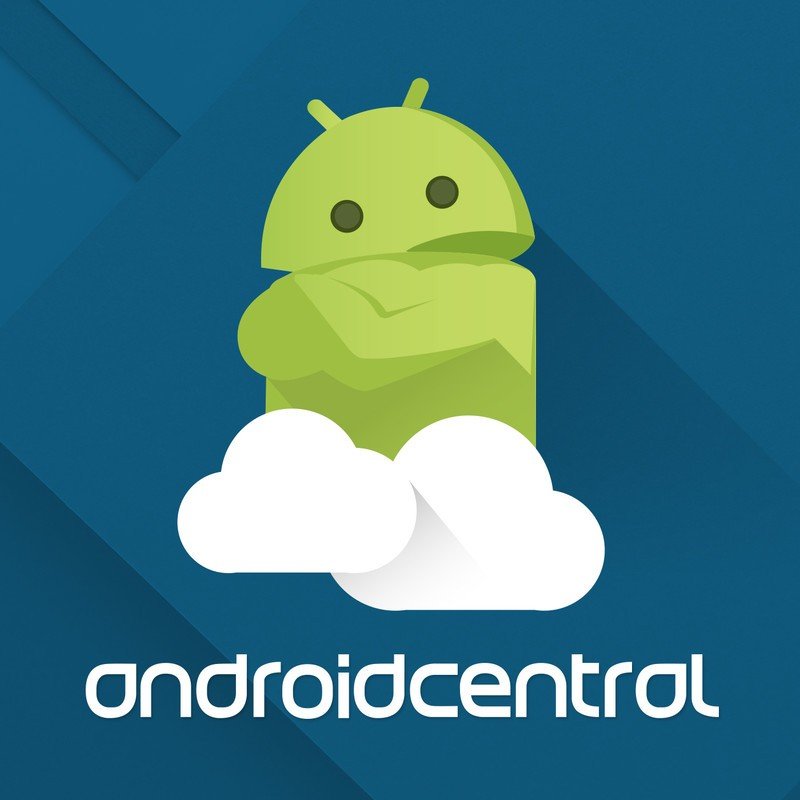
Every week, the Android Central Podcast brings you the latest tech news, analysis and hot takes, with familiar co-hosts and special guests.

Harish Jonnalagadda is Android Central's Senior Editor overseeing mobile coverage. In his current role, he leads the site's coverage of Chinese phone brands, networking products, and AV gear. He has been testing phones for over a decade, and has extensive experience in mobile hardware and the global semiconductor industry. Contact him on Twitter at @chunkynerd.

